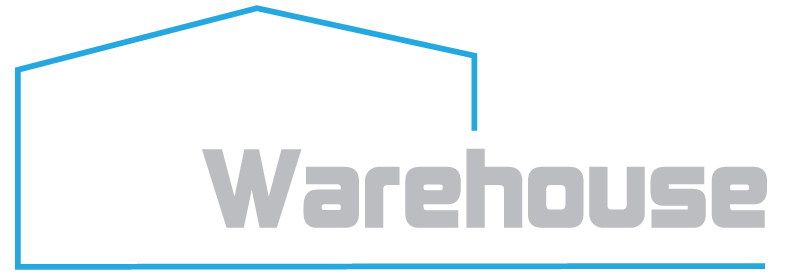All about Barcodes and SKUs
We often have discussions with new clients about barcodes and SKUs as it’s a topic that seems to bring up all sorts of questions for people. For example,
1. What are the different types of barcodes?
2. What is a SKU and why should you bother?
3. Is a SKU the same as a barcode?
Let’s do some explaining…..(or click here if you prefer to watch a short video on this topic)
SKU Meaning
So first of all, a SKU. What do we mean by that? Well S-K-U, a stock keeping unit, is the absolute lowest entity. It's the most basic unit that you sell.
What do we mean by that? Well, it would depend on the kind of things that you're selling. If for example, you're selling clothes, then your SKU would be a particular t-shirt in a particular size and a particular colour.
In other words, if you have just two t-shirt designs in your range, you might say you've got two SKUs. You haven't. You've actually got the number of t-shirts, times the number of sizes, times the number of colours.
So you may end up with 64 different SKUs out of those t-shirts!
SKU’s are important because they relate directly to what your customers have ordered. They haven’t ordered a ‘New York’ design T Shirt: they ordered a yellow, size 10, cotton New York style T shirt .
The only way anyone can be sure of sending out the correct item to your customers is by using SKUs. Your shopping cart needs to have SKUs for every product variable and whoever fulfils the orders MUST have the same information.
However, for speed and efficiency, products need to be scanned and this is where barcodes come in to play.
Is a SKU a Barcode?
No. Whilst they can be the same they don’t have to be.
Typically, SKUs are product codes unique to a company whereas barcodes are unique to the product.
Let’s take TVs as an example. If you were selling Samsung TVs you would use their barcodes as they relate uniquely to that product.
But rather than use very long barcode numbers as SKUs you would want to adopt your own product categorisation. Something like Sam-47-LCD-Smart. This method of referring to products has more meaning than a series of numbers in a barcode and therefore can be more easily understood by staff.
What is a barcode?
A barcode uniquely identifies a product type. Therefore, if you manufactured your own products you could use your SKUs as barcodes because they uniquely identify your products.
Barcodes are just numbers displayed using a font made up of parallel vertical lines. The thickness of each line represents a greater value in the underlying number/character it represents.
As humans obviously cannot ‘read’ these lines scanners are needed to accurately identify one product from another.
Barcode Types
There are two main types: EAN and UPC. Essentially, the difference is EAN is composed of 13 digits whereas UPC is 12. It doesn’t matter to us which type you use.
One thing to bear in mind, is if you're not selling into major chains, it doesn't have to be EAN or totally unique. It just has to be unique within your range. So you could use your SKU in this instance for your barcode.
So SKUs are product codes issued and used by a company to accurately identify products and its variations.
Barcodes are similar but are affixed to each product and require scanning in order to be understood.
If you prefer, you can watch a short video about this. David made this a few years ago and it’s our most viewed video ever!
